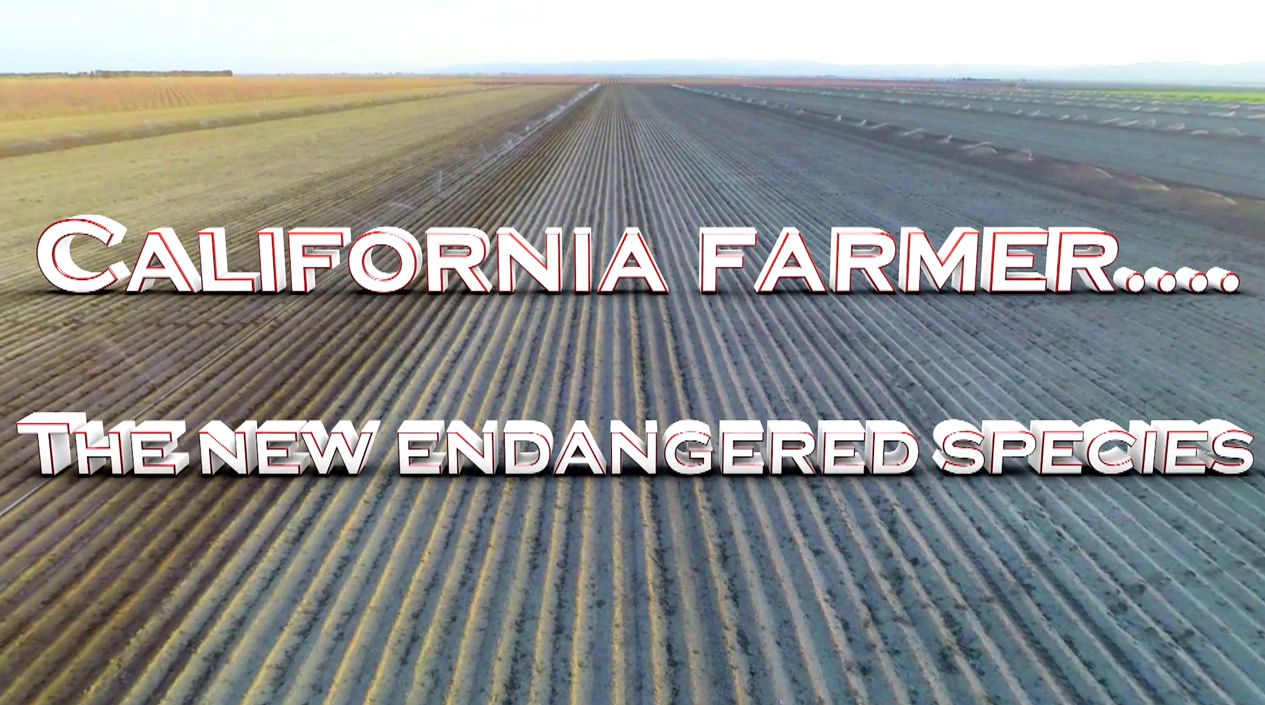Westands Water District Scholarships
Westands Water District Awards Agricultural Scholarships
By Patrick Cavanaugh, Farm News Director
As part of their educational outreach to the community to raise awareness about agricultural issues and to reward exceptional academic achievement and leadership, the Westlands Water District awarded six scholarships to local high school graduates who are on their way to college. Gayle Holman, public affairs representative for the district, offered some insight about the scholarship application process.
“We go out to each of the six area high schools each year,” said Holman. “We provide them with information, the application, and instructions, and they provide us with an essay on an agricultural-related topic, letters of reference and their transcripts by our deadline. We work with the guidance counselors at each of the schools to make sure those materials are received,” she added.
“A scholarship review committee goes through the applications and selects one person per school based on their academic performance, school activities and community leadership,” Holman said. “Each award recipient is an incredibly highly motivated student, who, we are hopeful, will take that education, bring it back, and apply it to their community in the future,” she said.
Tom Birmingham, general manager of the Westlands Water District noted, “Westlands is honored to provide this assistance for these outstanding student leaders. These scholarships represent a small gesture of thanks and support to the communities on the west side of the San Joaquin Valley that make our region such a productive and vibrant place.”
Holman continued, “Each scholarship recipient will receive $1,000 to be used for community college or university expenses. In addition, many local elected offices will send them congratulatory letters, or certificates. This really emphasizes to the students how important their academic endeavors are.”














